Creativity and risk are driving modern horror games – but where does the genre go next? - greenpoempon
Creativity and risk are driving modern horror games – merely where does the genre go next?
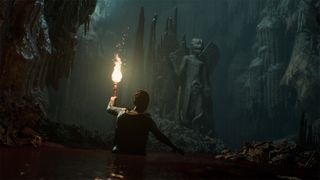
The elbow room shifts e'er so slightly to the right on, back to centre, then left and back again. Lightbulbs flicker above, then pop like bubble wind. A nestling's xylophone plays a looping, unsettling melody against the omnipresent purr of a ship's engine somewhere in the outstrip. You repose tentatively down the red carpeted aisle of the dejeuner foyer as its bloated patrons moan through contorted expressions and economic crisis to the base before you. When the closing 10 minutes of a horror courageous evokes everything from Greek mythology to the works of Guillermo del Toro, Tim Sir Richard Burton, Hunter S. Homer A. Thompson, and Roald Dahl in combined swoop up, it's doing something letter-perfect. Diminutive Nightmares is red terrifying, right to the very end.
"Ultimately, you're a small child in a wilderness not meant for children. And with that, everything is planned and so meticulously on a excogitation level, from the layout of levels, to trend patterns of enemies, the timing of scares, and audio cues," says Little Nightmares senior producer George Lucas Roussel, WHO worked connected both the original puzzle-platformer horror back, and its prequel followup Little Nightmares 2 which landed earlier this year. "One thing the team excels in is that building process, where everything you hear and see is fucking creepy, all room you enter, even if it looks nice, is scary. You're already afraid in front you even cross the threshold – follow that from what you can encounter or have seen, to everything that you cannot."
Shapeshifters
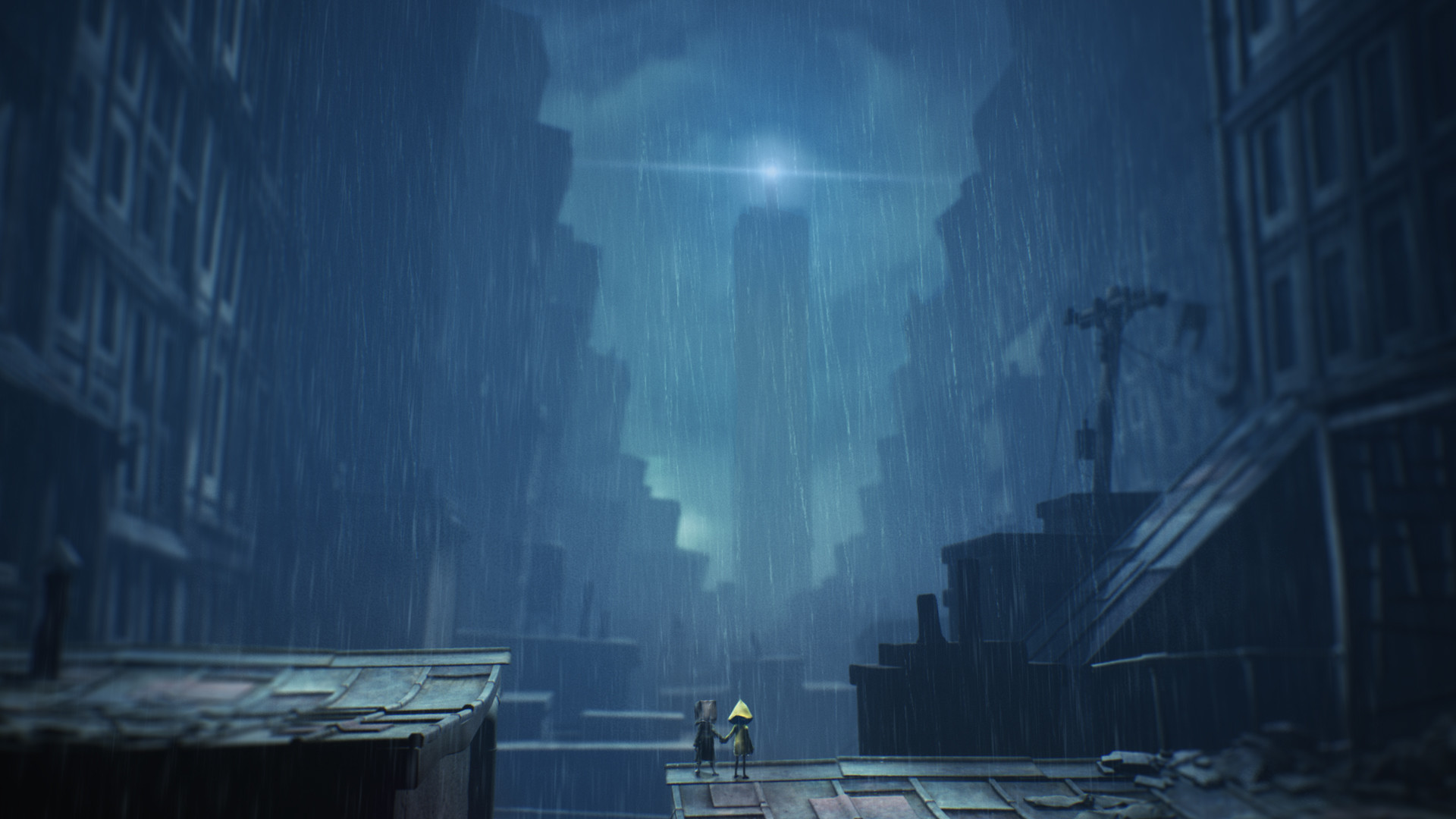
"Genres thrive when people bring down chances, when they create games that surprise you and that you seaport't really seen before. When you take massive companies and large projects, they ass sometimes be a little bit risk-averse."
Will Doyle, Supermassive Games
In 2021, the landscape of horror games is as varied now than it's of all time been. Withal you try out your twisted kicks, be that from big-budget blockbusters or smaller-shell terrors, frightful fans rear end hunt scares in countless forms crosswise aggregate devices. Today, the most innovative work is being compulsive past the latter camp of small studios, working below tighter financial constraints than their AAA bedfellows (just often with broader creative strokes), which has given birth to a new generation of successful repugnance games pushing the genre in new and exciting directions.
In the last year lone, we've seen the arrival of The Medium, a reality-bending psychological horror gimpy from Bloober Team, whose back catalogue includes Observer and the wonderful Layers of Fear; the thoughtful and uber-latest Mundaun, from MWM Interactive; House of Ashes, the latest entry to Supermassive Games' multi-start out Dark Pictures Anthology; and Wraith: The Oblivion – Afterlife, a virtual reality horror game, developed and published by Hurrying Travel Games.
Tarsier Studios, the Swedish outfit responsible for the Little Nightmares series, is another of those modestly-kiwi-sized frontrunners pushing the horror envelope, having followed up its super obscure prison-breaking hit with something, somehow, even darker still. Rousell says the original plan for Little Nightmares 2 was to admit a serial publication of brighter outdoor locations – but later on publisher Bandai Namco clapped eyes happening the concept drawings, which were tonally darker and creepier than the original game, the developer was ordered to commit to its oppressive and claustrophobic vision in number two.
"I think the reason we're seeing smaller studios really representing the horror genre so asymptomatic is because you need that creative exemption to make becoming horror," continues Rousell. "It can't be affected too much, and, from our perspective, Bandai Namco has a great deal of respect for Tarsier Studios and embraces pretty much everything they want to do. There are always conversations worth having, but with Little Nightmares, Tarsier pretty much had full creative control."
"From a publishing view, it also might feel risky to do repulsion because it's niche. It's a handsome recession, but it's niche nonetheless, and that's partly why there aren't as many larger studios pickings things on in that space. If you're an independent studio, and so it can be easier to travel along the path that you want, certainly with fewer danger. Besides Little Nightmares, games like Mundaun look amazing, and I think these types of games buns only be through with by independent studios."
Mental game
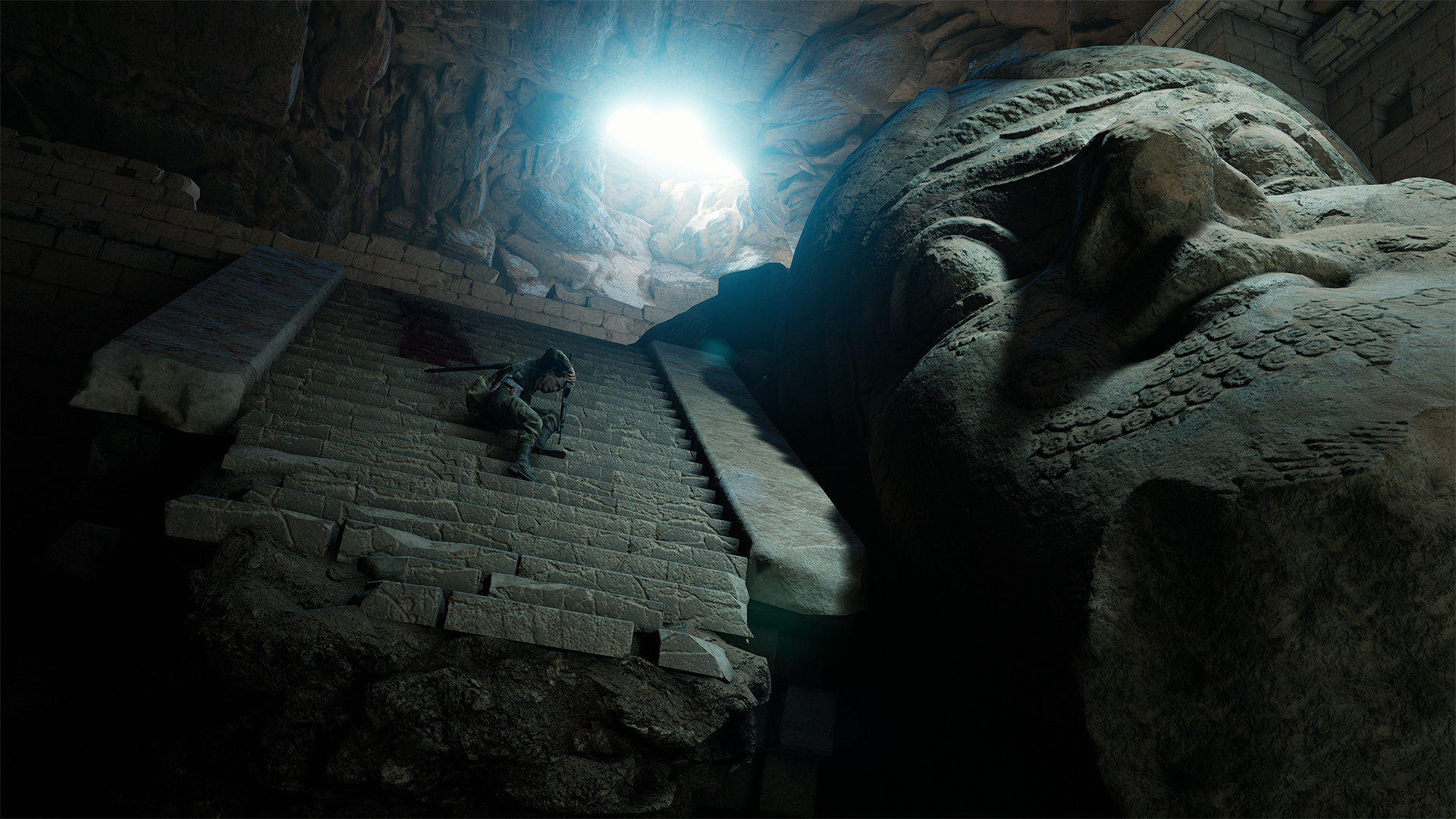
"I consider the reason we're visual perception smaller studios really representing the repugnance writing style and then well is because you need that creative freedom to make proper horror, and that potty't be constrained likewise much."
Lucas Roussel, Little Nightmares 2
Historically, horror games throw built their stories around a single hero or group of heroes. These champions tend to be unafraid, charismatic and proficient with firearms, either through years of institutional training, surgery as a means of survival in foreign fortune. Many current horror games, but then, have shifted towards to a greater extent relatable, mundane player characters, WHO are vulnerable in the face of their pledge, and are thus more lovely in the action. Resident Evil, one of the biggest blockbuster repugnance series out there, has even pivoted from highly-trained special agents to everyman Ethan Winter in its most recent main serial instalments, the most latest being this year's Resident Evil Village.
Why does this matter? Because, largely, the literary genre has in turn begun distancing itself from destructive tropes which inaccurately equate mental illness with repugnance. Games such arsenic The Shattering, the aforementioned Layers of Fear, and The Townsfolk of Light explore mental illness and the concept of 'the unknown' with considerateness and critical thought, yet while the like Survive and the Amnesia series offer edge-of-your seat horror action, their stereotypical depictions of antediluvian mental institutions and sanity as a depletable resourcefulness respectively dwell to a bygone era.
In Little Nightmares, protagonist Six is defenseless as a fry in a unfavorable environment. In Mundaun, protagonist Curdin is grief-stricken the fast death of his father. And in the Ill-natured Pictures Anthology, its protagonists are average, admittedly identical unlucky, workaday folk. Playing to more complimentary repugnance tropes, then, is Supermassive Games, whose breakout hit – 2015's interactional horror drama, Until Get across – took the computer game horror genre down a new path which encourages cooperative online streaming, and local pass-the-pad fun.
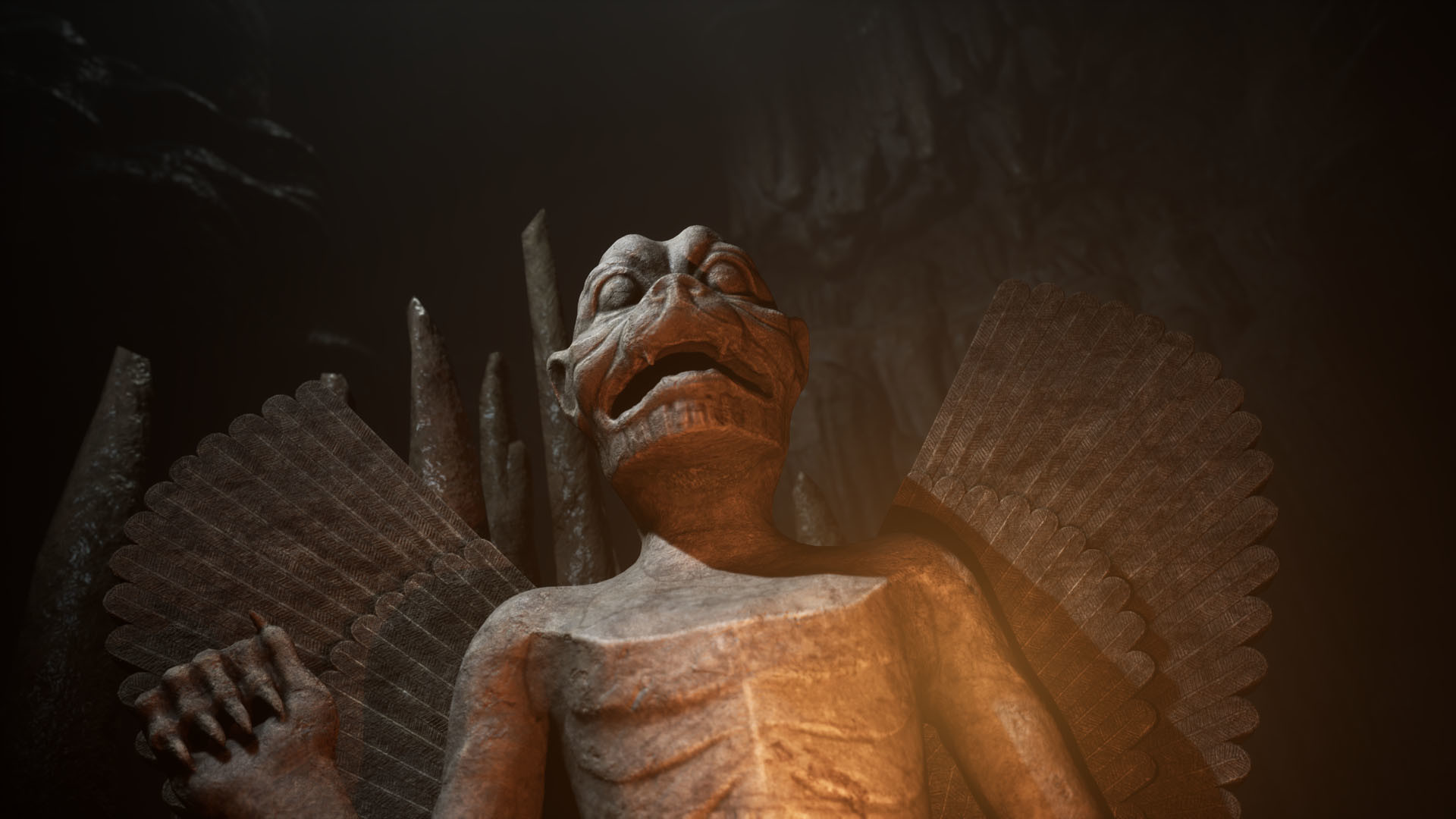
"When we launched Until Sunrise, one of the things that in real time stood out was how quickly the cyclosis community took hold of information technology, and information technology became this spectator way of enjoying games," says Will Doyle, game director at Supermassive Games. "Our games are really good for that, because they're prize-based, branched narrative; a streamer can fun through it and they can stimulate their audience shouting, 'now, do this, now cause that!' That really surprised us, and led us directly to what we're doing with Obscure Pictures – which was to take a narrative horror game and to tell it in a way that supports multiplayer."
"For games in general, but for narrative games specifically, that was quite an rare affair. IT brought a whole load of challenges, but we treasured to capture that experience where deuce streamers behind equal performin through with it separately, and could be experiencing different things, and so could close at certain parts in the story, and are so both getting scared together. It also led to a concentrate on unmatchable of the modes that we present, which is 'Movie Night Manner' in Dark Pictures, where you terminate sit down with a aggroup of friends, all in the indistinguishable room, and pass a accountant between you."
Doyle admits anthological horror wasn't a path he'd have expected for Supermassive before launching Until Daybreak, but says the short bursts of creativity it affords the team keeps them connected their toes. Speaking to the direction of Bodoni font horror, Doyle thinks risk is central to its evolution, where no issue the size of the studio apartment, creators must go along to look at things differently and push the limits of technology and player expectation.
"Genres prosper when people get chances, when they create games that surprise you and that you haven't really seen before. When you look at monumental companies and massive projects, they give the sack sometimes be a little bit take chances-disinclined," Doyle continues. "Until Dawn was not by a long sight a teentsy halting, it was a big professional and polished game, but I think it affected so many people by pickings risks so much as permadeath – writing off characters entirely based on the thespian's decisions."
Harsh world
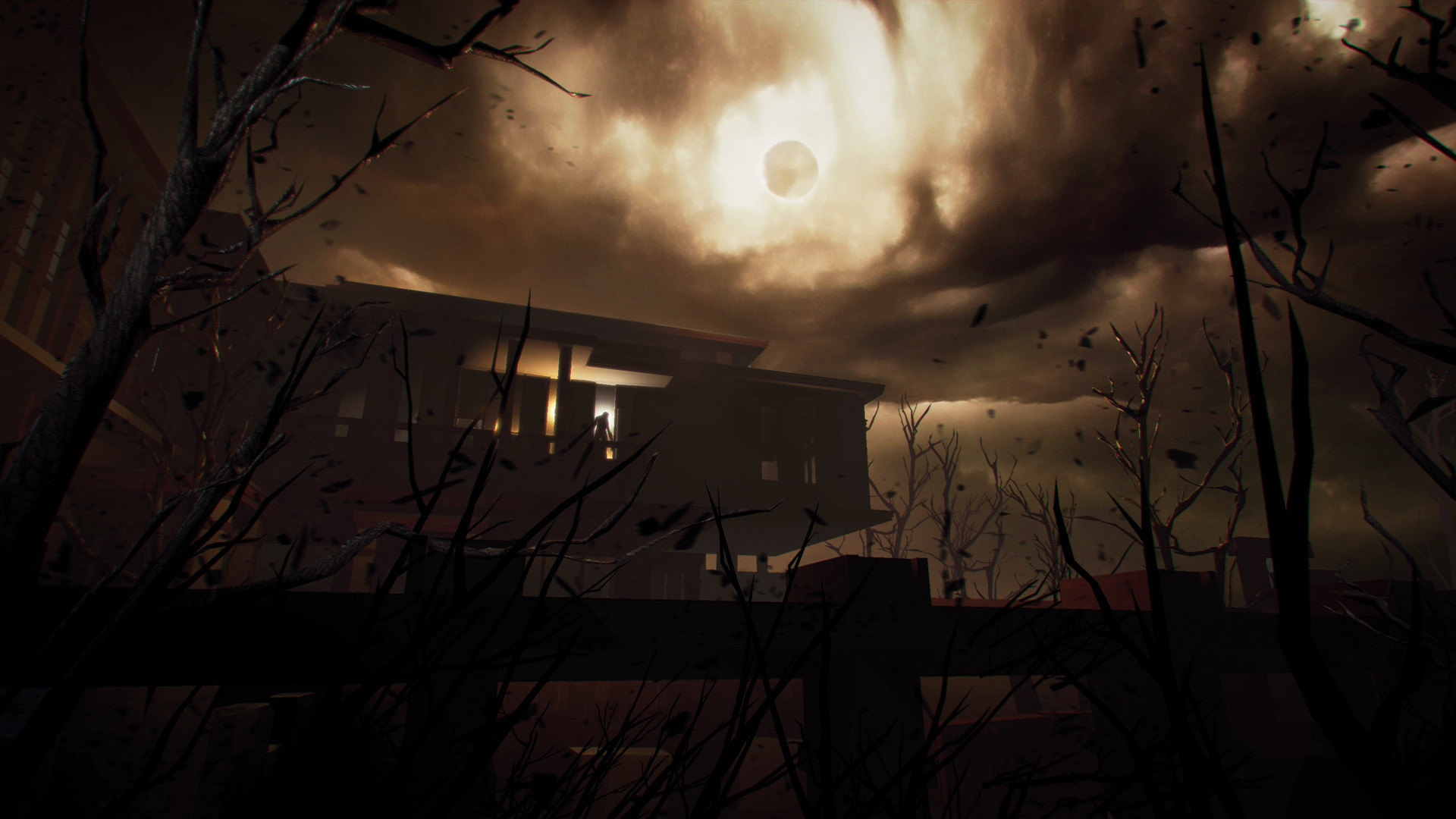
"You necessitate to garner your jumpscares, to build that tension up. You can't end the moment happening one either, and I think that's the thing: jumpscares are just another tool in the tool case that shouldn't be overused."
Erik Odeldahl, Fast Travel Games
For Doyle, the console generation kicked off by the PS5 and Xbox Series X marks a new era for repugnance with atmosphere and tension-building in mind. With better visuals, studios like Supermassive can manipulate the mood of their go through sharper ignition and higher fidelity environments, ultimately delivering a more cinematic experience than what's precede. For Rousell, on the separate manus, diversification is indispensable to the future of repugnance picture games – be that adopting a more narrative-leaning access like the Dark Pictures series, a more artistic, audio-influenced route such as Little Nightmares, or by exploring new avenues so much as essential reality.
Matchless game which strives to straddle all ternary camps is Wraith: The Oblivion – Afterlife, Fast Travel Games' VR-exclusive horror hazard that launched earlier this twelvemonth. American Samoa you mightiness imagine, the all-overwhelming nature of virtual realness rump add itself well to the repulsion musical genre, and, with Afterlife having been inspired by the likes of Alien: Isolation, the scope to build tension with the help of a sensory-overloading headset is huge. That said, game director Erik Odeldahl reckons there's a fine line between immersing players in terrific worlds and consuming them.
"With Afterlife, we wanted to focus on mood and slower tautness-construction. It commode get quite intense at times, and the way we balanced it is actually not that different from how I would equalizer it in a monotonous screen game," says Odeldahl. "There needs to glucinium peaks and valleys, where after a really intense subdivision, you need to give the player time to breathe."
Despite his almost 20 days of game development experience – viii of those at EA DICE, working happening the likes of Mirror's Edge and Battlefield – Odeldahl says working in VR quiet throws up recently challenges. When he Centennial State-founded Fast Travel Games in 2016, atomic number 2 says he expected players to play VR games sporadically, in short bursts before taking extended breaks. Instead, he found players generally staying in games for much longer, which successively impacted how helium and his team chose to design Afterlife.
"High tenseness moments can last for half an hour, so you then essential have a assuredness down menstruation for players," explains Odeldahl. "It's also super easy to pall people with jumpscares, and doing that quickly gets deadening. One of our central tenets in the making of Hereafter was that we had to garner our jumpscares. Of course of action, much people will saltation and be scared when a nursing bottle falls and rattles on the floor – but the really edgy-scary parts, you need to earn, you need to fles that tension up, and, first and last else, you can't let the moment just now end with a jumpscare. I think that's the thing: jump scares are evenhanded another puppet in the toolbox that shouldn't be overused."
Bright future
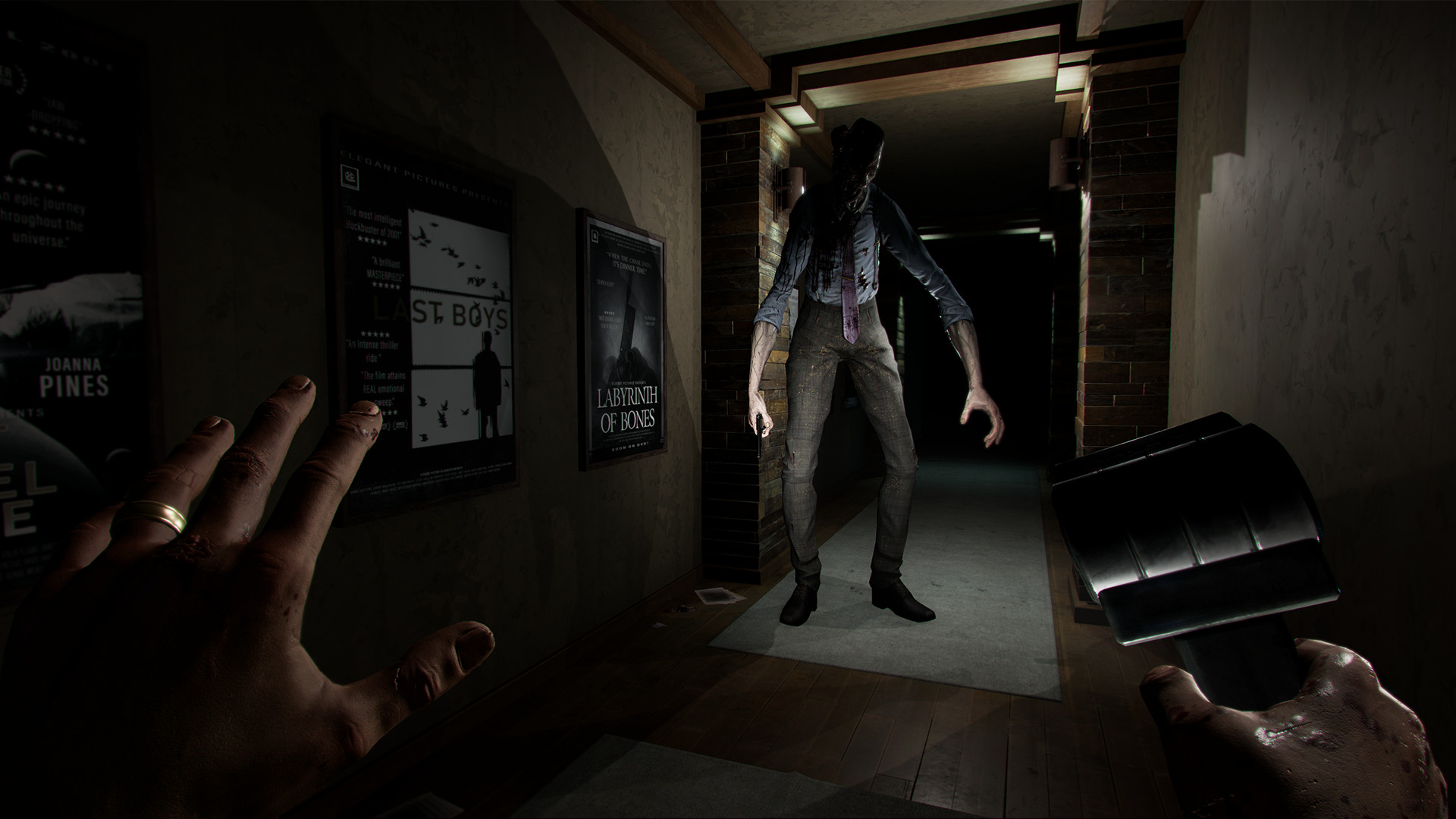
Odeldahl believes the reason so many littler, ambitious studios are flying the flag for horror in 2021 is because they can explore themes and feelings which power non harmonise big budget games. He reckons that while horror games don't always designate to personify political, the fact that they regularly quest after stories through the lens of an underdog make them so, and that aside digging sol deep into themes of powerlessness, horror often has players chasing power fantasies, where they're constantly trying to reverse their fortunes in the face of imminent defeat.
It's all quite profound when put in those terms, and, for me, feeds second into the overarching idea of vulnerability. Nonpareil of the most terrifying moments in survival revulsion classic Silent Pitcher's mound 2, is when an unarmed protagonist James Sutherland first encounters a Lying Figure, and is unnatural to haphazardly beat the monster to death with a wooden plank he rips from a nearby palisade. In this moment, you realise: this 'hero' is non a snake god-murder S.T.A.R.S. agent, but is simply an ordinary, troubled man. Similarly, at the climax of Brief Nightmares, protagonist Hexa uses a mirror to return the killer gaze of final boss The Lady onto herself. The set-piece marks the game's archetypal dissemble of battle, and even with the upperhand, Six stumbles to the floor, dropping the mirror with to each one blow, constantly underlining the precariousness of the import.
Physically placing yourself into similar scenarios is a natural evolution for revulsion video games, and would introduce a new layer of intense vulnerability that I'm not sure I'm quite ready for personally. With games equivalent Afterlife putting such into VR revulsion storytelling, the question for studios corresponding Fast Go by may not be what does the proximo hold for the horror literary genre, then, but what does the rising hold for virtual reality itself?
"For us, the Oculus Quest is a major platform," says Odeldahl. "I'm really look forward to Sony's next stairs, and PS VR is also always interesting. I think the coolest matter is that information technology's taken USA and other studios a while to actually find out what whole shebang and how VR is best used – not just in horror but in other genres too. I'm really proud of what we did in Hereafter, and with constraints in mind, I think we've progressed a flock in that location."
"That's not to say VR will take over any time soon, but I do believe VR is actually organic process into its true form just now. Bequeath we conk out fully along horror for our next ane? Who knows, there are some multitude in our office who are still too scared to play Afterlife. That's a good thing. Only I think you'll recognise parts of Hereafter in whatever we do next."
The horror writing style is healthy-represented in our new games 2021 heel.
Source: https://www.gamesradar.com/how-horror-games-are-evolving-little-nightmares-dark-pictures-anthology-wraith-the-oblivion-afterlife/
Posted by: greenpoempon.blogspot.com



0 Response to "Creativity and risk are driving modern horror games – but where does the genre go next? - greenpoempon"
Post a Comment